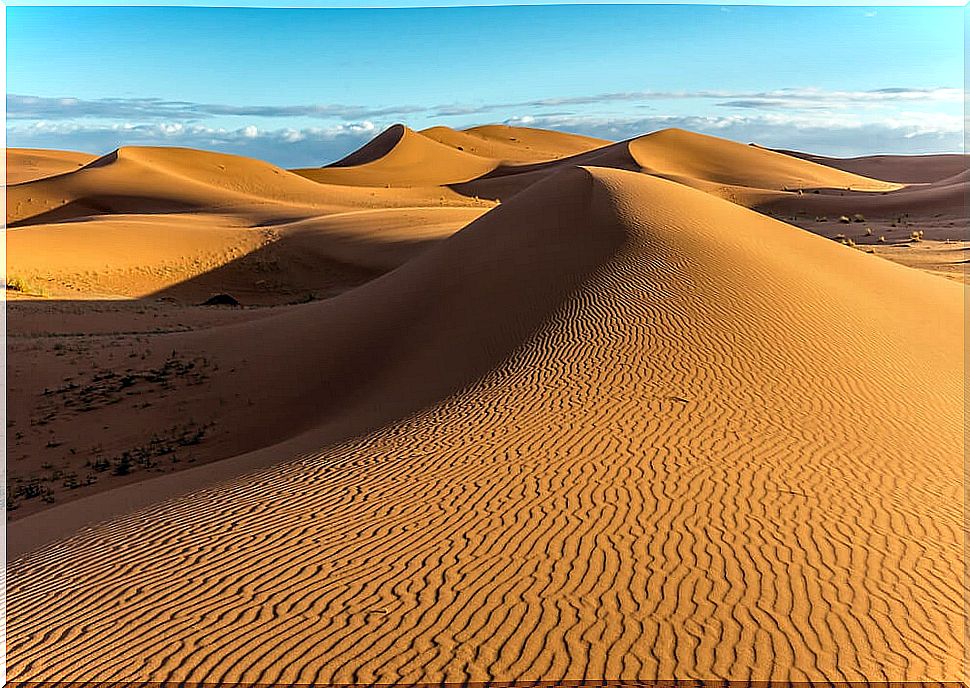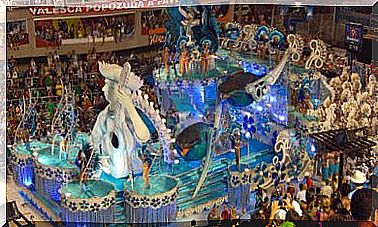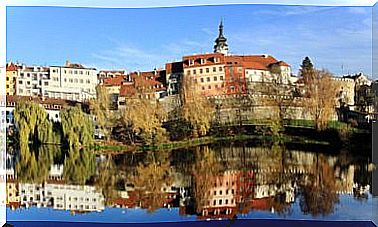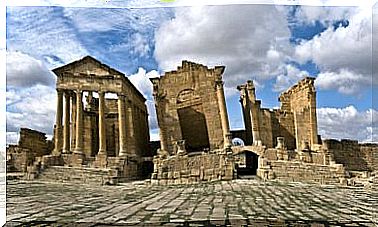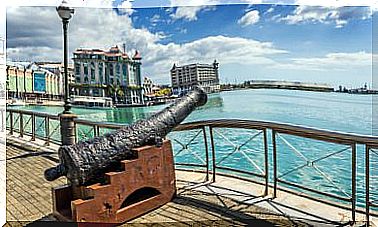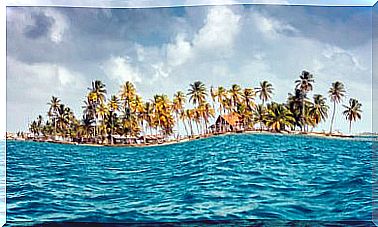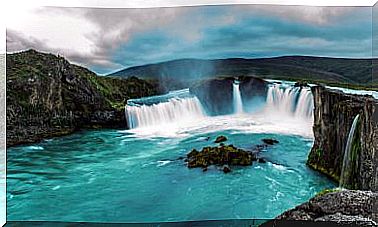Atacama: The Driest Desert In The World
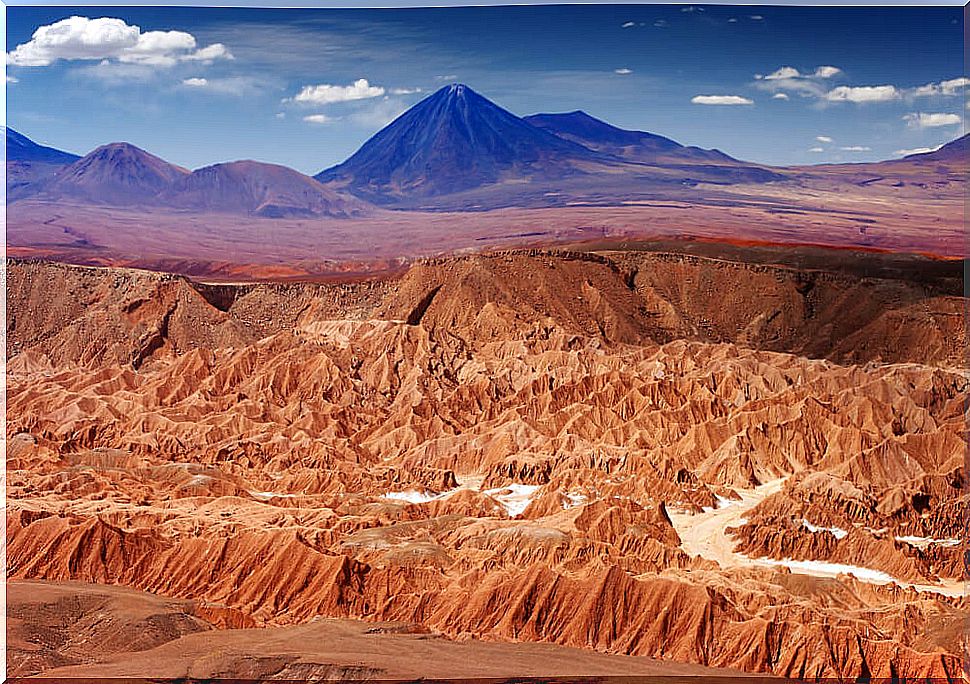
America is a continent that is home to practically all the world’s ecosystems, from the most benevolent to the most extreme. An example of this can be found in the Atacama desert, the driest in the world.
The Atacama Desert is located in the north of Chile. It extends longitudinally for almost 1600 kilometers between the Pacific Ocean and the Andes mountain range. Its maximum width is 180 kilometers and its approximate area is 105,000 km². It covers the regions of Arica, Tarapacá, Antofagasta, Atacama and the north of Coquimbo.
What causes the formation of the driest desert?
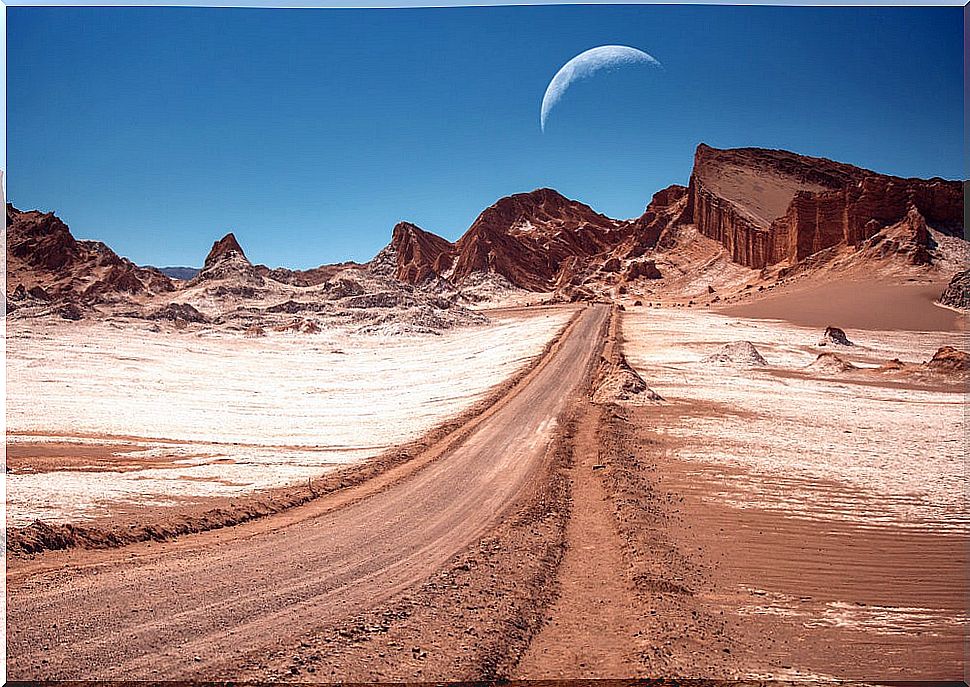
The formation of this desert is due to different factors: the Föhn effect, the Humboldt current and the South Pacific anticyclone. Let’s see the effects that these phenomena produce and how their conjunction contributes to the formation of the Atacama Desert, considered the driest non-polar desert on the planet.
The Andes mountain range and the Föhn effect
The Föhn effect is the main cause of the formation of the Atacama Desert. It consists in that the humid winds coming from the east of the Andes mountain range run into this natural barrier. The humid air masses, in their ascent to cross the mountain range, cool down and condense the water vapor, which precipitates on the eastern slopes of the mountain range in the form of rain.
When the winds overpass the mountain range, they arrive lacking in moisture. On the other side, the winds are warming up as the pressure increases when descending. This phenomenon causes a drying and very hot wind to be generated on the western slope of this region of the Andes.
The Humboldt current
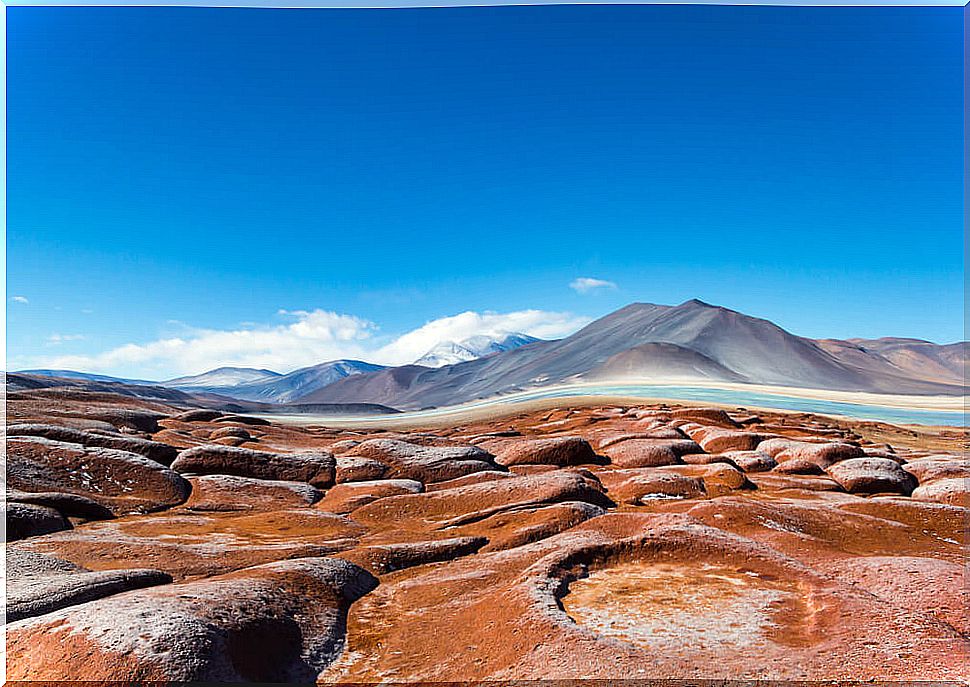
The Humboldt Current is a marine current caused by the rise of deep waters that occurs in the western coasts of South America. It is a very cold water current, the most important in the world, and has a determining influence on the climate of the Peruvian-Chilean coast.
This current flows in a northerly direction along the western coasts of South America until it reaches the equator. The emergence of these deep cold waters, of about four degrees Celsius, causes the temperature of these coastal waters to be between five and ten degrees lower than they should be due to the latitude in which they are located.
The low temperatures of the waters cause the sea breezes coming from the west to cool down, thus reducing evaporation. A thermal inversion is created that prevents the formation of large rain-generating clouds. Thus, where lush rainforests with pleasant temperatures should exist, relatively cold coastal deserts are formed.
It is interesting to note that the famous El Niño phenomenon, which causes catastrophic flooding in these regions, is closely related to this cold water flow.
South Pacific Anticyclone
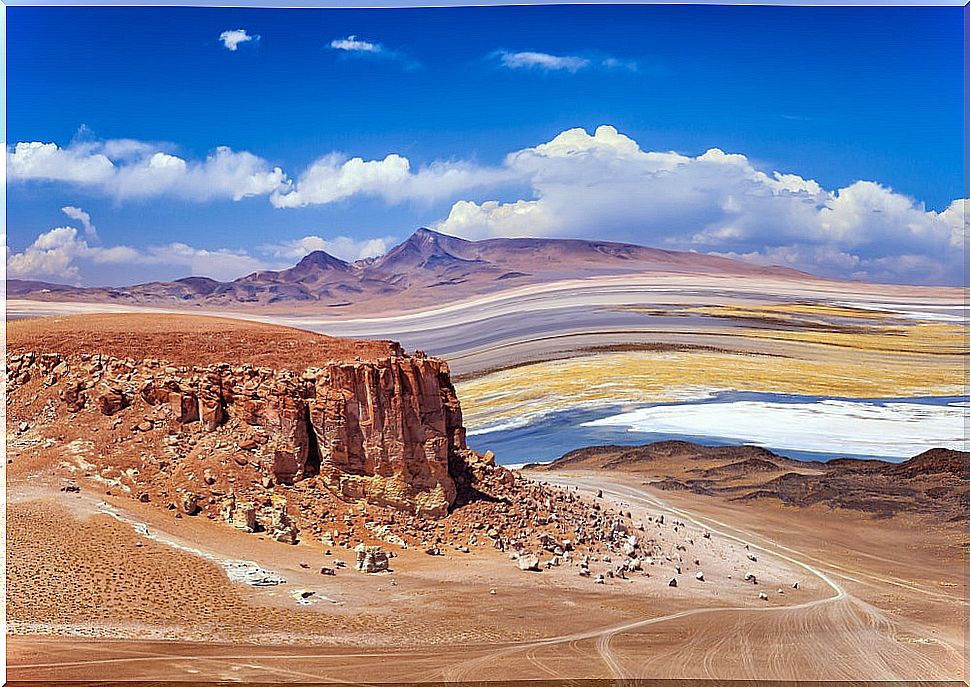
Another of the atmospheric phenomena that allow the formation of the Atacama desert is the so-called South Pacific anticyclone. It is a high pressure system that remains almost immovable along the coast. The air descends and rotates counterclockwise, creating trade winds that push potential storms off the coast.
Climatic conditions of the driest desert in the world
As we pointed out, the deserts of the western coasts of South America are relatively cold. In the Atacama desert, the night temperature can drop to -25ºC. On the contrary, the daytime temperature can vary from 25º C to an incredible 50º C in the shade.
Rain is really scarce. Precipitation can occur during the so-called highland winter, between the months of January and February, but precipitation greater than 1 mm can be recorded, perhaps, once every 15 or 40 years. In the central sector of the desert, periods of up to 400 years have been recorded without any rain.
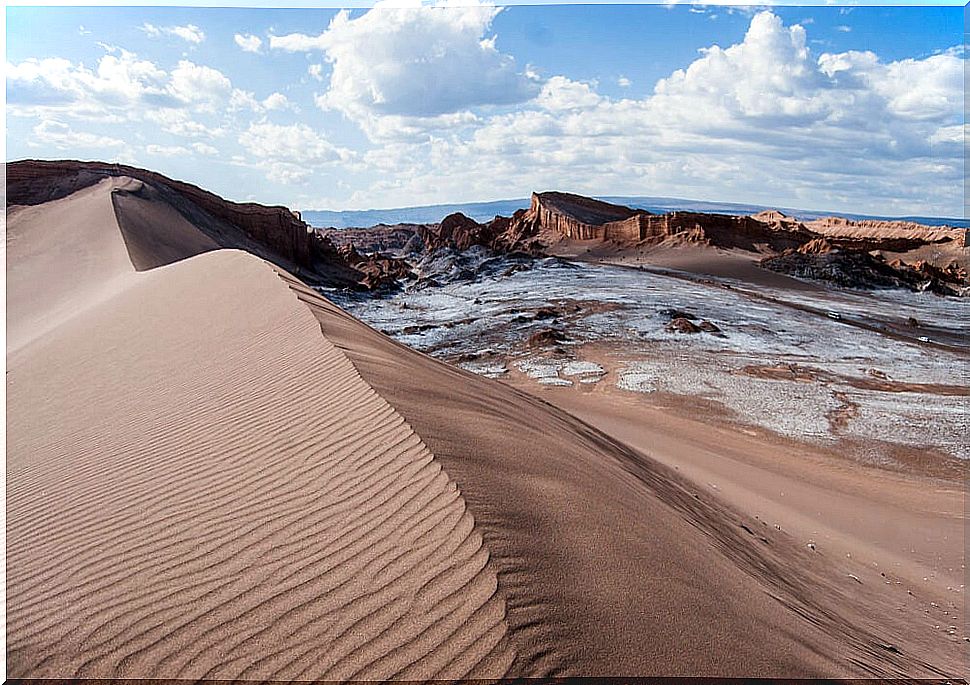
Relative humidity is really low indoors, barely 18%. On the other hand, in coastal areas this can be up to 98% in the winter months. It should be noted that there is hardly any thermal difference between summer and winter, since the desert is located on the edge of the Tropic of Capricorn.
However, despite the extreme conditions of the Atacama Desert, to a greater or lesser extent, since the colonization of the American continent it has always been populated.
This desert is one of the major tourist attractions in northern Chile, so if you decide to visit its salt flats, hot springs, geysers and beautiful landscapes despite the unfavorable weather conditions, tell you that it is a little ‘wild’ desert. Good roads run through it and there are numerous tourism agencies operating in the region.
